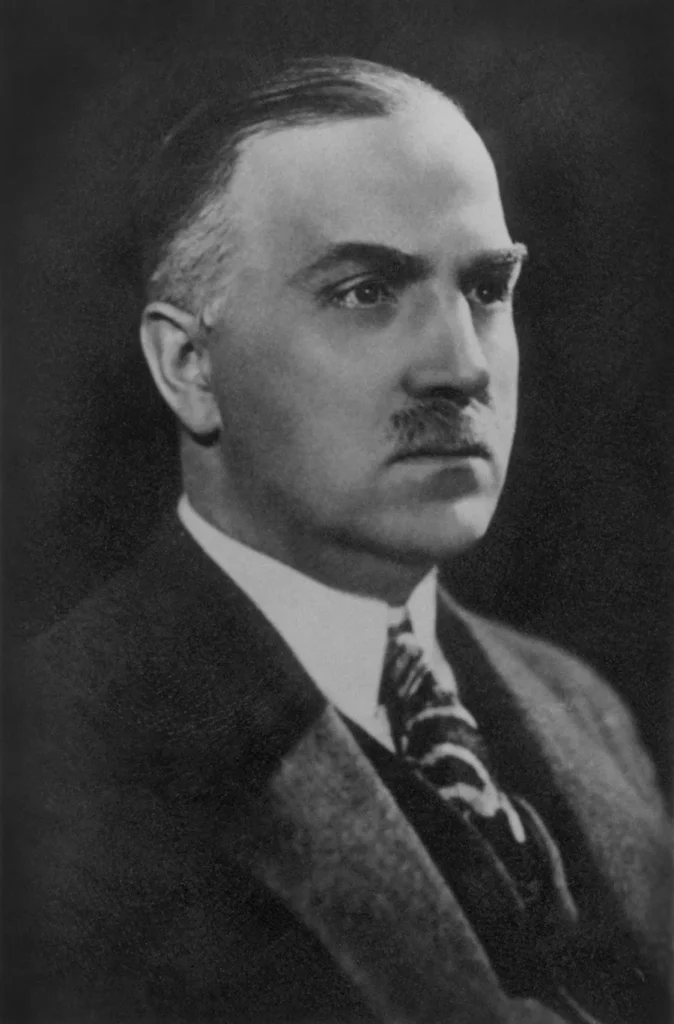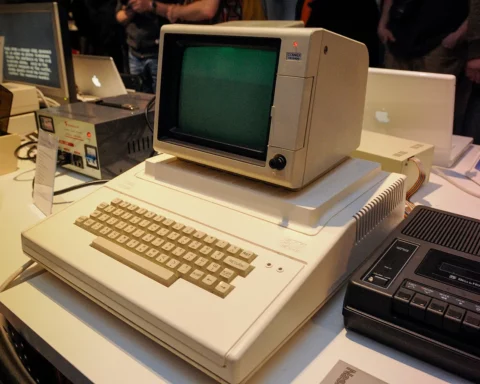All the electronic devices that make our lives easier are based on integrated circuits. Based on just a piece of silicon, which is abundant everywhere, these circuits are responsible for processing billions of operations per second. Just take a look inside any electronic gadget that keeps us entertained and helps us accomplish millions of tasks within seconds, tasks that used to take us entire days. But this piece of silicon is the result of thousands of years of continuous development, during which there were numerous breakthroughs in mathematics, physics, materials science, as well as industrialization and production organization.

An accidental breakthrough
As the story goes, one major breakthrough happened almost by accident around 1916 when a Polish chemist named Jan Czochralski displayed a momentary lapse of attention. Initially, nothing indicated that Czochralski, born in 1885, would become a world-renowned scientist, much less the person responsible for making smartphones practically ubiquitous less than a century later. In fact, after completing secondary school at a teachers’ seminary, he publicly tore up his diploma, saying, “Please be aware that no more unfair grades have ever been given.” Needless to say, the absence of that document effectively closed the door to further scientific career opportunities at that time.
Czochralski didn’t let it bother him. At the age of 16, he became interested in chemistry. He conducted his initial research and experiments in a pharmacy where he worked. He then moved to Berlin, attended lectures at the polytechnic university, and worked as a chemist in pharmacies and industrial facilities.
And so it began. In 1910, he obtained an engineering diploma. In 1914, he wrote his first scientific paper on the crystallography of metals. And that’s where it gets interesting. Metallography became his main interest. He soon started researching the application of aluminum in electronics. A breakthrough that is crucial to our contemporary life occurred in 1916. Although it immediately brought him fame, none of the people of that time suspected the colossal significance his discovery would have in the future or the posthumous fame that awaited him.
The Czochralski Method
Legend has it that one day, while pondering the properties of metals, Jan Czochralski accidentally dipped a metal pen into a pot of hot tin instead of an inkwell. What he obtained left him astonished. Jan Czochralski discovered a completely new method of producing individual crystals. What happened is something that science enthusiasts can observe today when soldering with a dirty soldering iron, where the drops of tin become rough and gray instead of shining. This is precisely the phenomenon of crystallization.
The significance of this discovery lies in the fact that it enables the production of single silicon crystals and semiconductors, which are essential for manufacturing integrated circuits on an industrial scale. We do not know of any other more advanced and efficient method of obtaining single silicon crystals to produce semiconductors than the Czochralski Method. It is not an exaggeration to state that we can thank this talented Polish chemist and metallurgist for today’s mass production of electronics.
In addition to inventing the crystallization method, which forms the basis of today’s electronics, Jan Czochralski made numerous other scientific discoveries and obtained numerous patents throughout his life. He held important positions in the industry and actively participated in the Polish resistance during the German occupation in World War II. Today, he is the most frequently cited Polish scientist and is slowly but steadily gaining recognition among present-day enthusiasts of electronic gadgets as the father of modern electronics.







